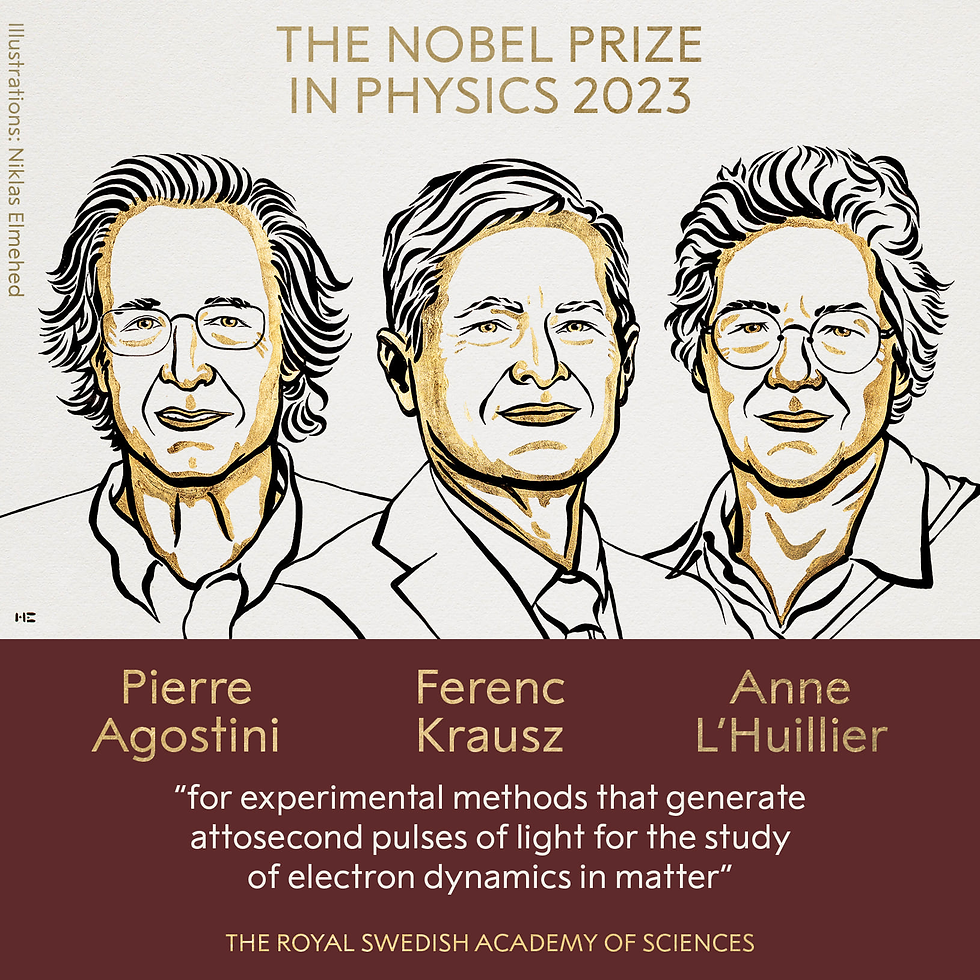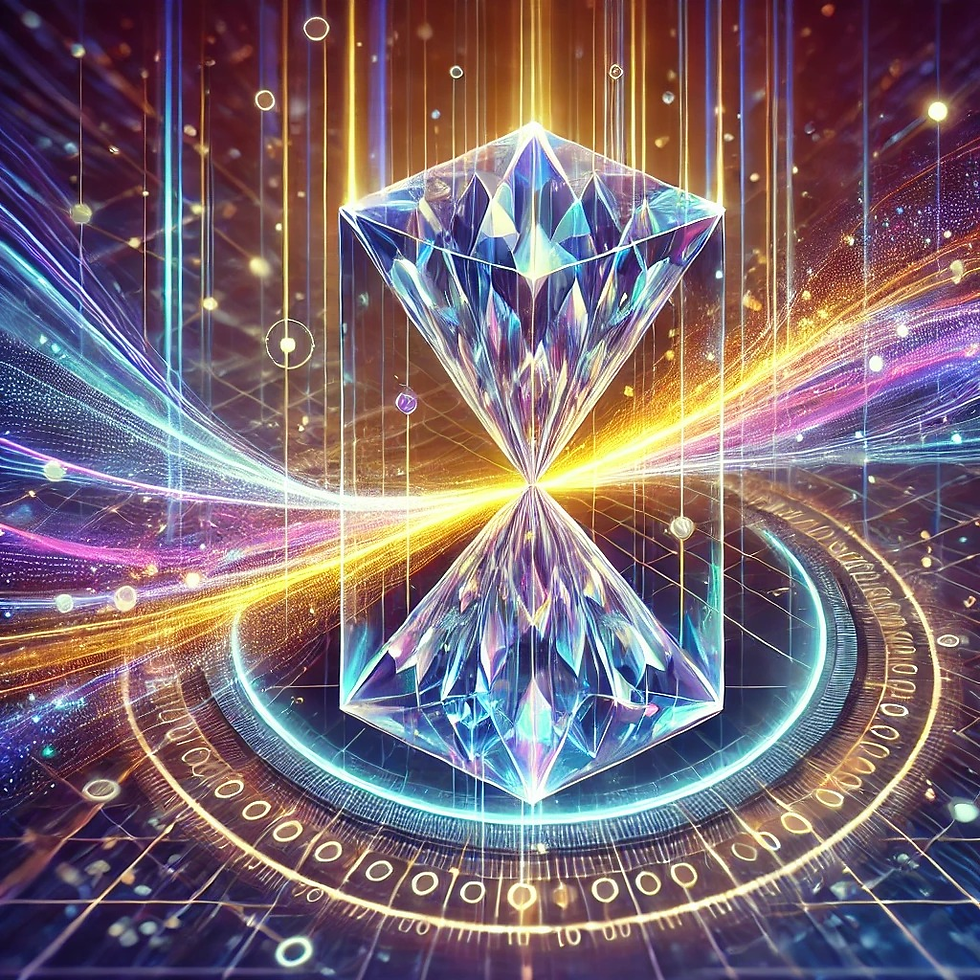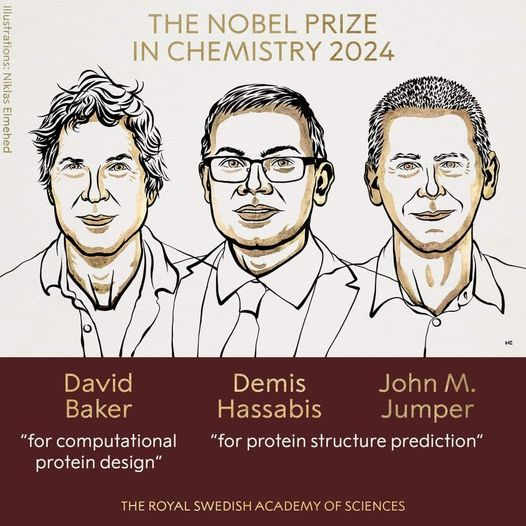!! Nobel Prize in Physics 2023 !!
- Shubhayan Mukherjee

- Oct 4, 2023
- 4 min read
The Nobel Prize in Physics for 2023 was announced a while ago. The physics community has begun discussing the topic of "Attophysics." First, I would like to congratulate Prof. Pierre Agostini, Prof. Ferenc Krausz, and Prof. Anne L'Huillier for their achievement!

Source: LinkedIn post of "The Nobel Prize"
Let's start from the beginning. As a scholar from a physics background, I'm always engaged in such matters. Last month, the Nobel committee declared the date of the announcement of this year's Physics Nobel laureates, and I was excited. I checked a few articles and tried to understand the predictions for this year's awardee. From my knowledge, based on its popularization, the James Webb Space Telescope (JWST) was always at the top of the list. Some physics journals also predicted Quantum Computing and Attophysics. However, all indications pointed to this year's award going to Condensed Matter Physics. My excitement was at its peak as I am currently pursuing my Ph.D. in this area. Finally, it was announced, and I am thrilled that it's not just Condensed Matter Physics but Experimental Condensed Matter Physics this time, more precisely, Ultrafast Physics.
What is the title of this year's award? "For experimental methods that generate attosecond pulses of light for the study of electron dynamics in matter."
Let's break it down. There are two keywords: Attosecond Pulse and Electron dynamics.
I am not directly involved in Electromagnetic radiation, but I need to understand the term "Attosecond pulse."
An attosecond pulse is an extremely short burst of light or electromagnetic radiation that lasts for approximately one attosecond, which is equal to 10^-18 seconds (since today the shortest record is 43 as). Attosecond pulses are incredibly brief, enabling researchers to study ultrafast processes at the atomic and subatomic levels. They are generated using high-intensity lasers and have been used in the field of ultrafast optics to investigate electron dynamics in atoms and molecules, providing a deeper understanding of fundamental physical and chemical processes on the shortest timescales.
Now, coming to the other part, "Electron dynamics," researchers involved in Molecular dynamics or the kinetics of materials are genuinely excited.
Electron dynamics refer to the behavior and motion of electrons within atoms and molecules. Electrons are negatively charged subatomic particles that orbit the nucleus of an atom in specific energy levels or shells. Understanding electron dynamics is crucial in the field of quantum mechanics, as it involves studying how electrons move, interact with each other, and transition between different energy states.
Electron dynamics are responsible for various atomic and molecular phenomena, including chemical reactions, the emission and absorption of light, and the electrical conductivity of materials. It encompasses concepts like electron motion, wave-particle duality, electron spin, and quantum states. Overall, electron dynamics play a fundamental role in explaining the behavior of matter at the atomic and molecular scale.
So, the question for a layman is, what did they actually do?
Basically, when we work on Molecular dynamics, there are several things to observe. From the atomic level observation to the electron level, we use various techniques. For the atomic level, we usually employ electron microscopy to observe the structure. Sometimes light source/photon is also used to understand the structure of the crystal. However, when it comes to the electron level, there are challenges in uncovering details, which the Nobel laureates of this year addressed. Several experiments were conducted during the 1990s. High Harmonic Generation (HHG) was performed several times to observe the clear plateau. Researchers at Lund University designed an experimental setup that provided pioneering results.

Schematic illustration of the experiment in Lund. It uses the technique of “reconstruction of attosecond beating by interference of two-photon transitions” (RABBIT). The drive laser at 800 nm, 30 femtoseconds (fs), is sent into two different arms by a beam splitter. High harmonic generation (HHG) in a gas jet of neon gives a train of XUV attosecond pulses. The IR pulses from the drive laser and the XUV pulses (typically with a 10–20 eV bandwidth) are overlapped and focused by a toroidal mirror on the neon gas target. The XUV photons ionize the target gas, and the photoelectrons are analysed by a magnetic bottle spectrometer. The overlapping IR/XUV pulses give rise to sideband signals that can resolve shake-up electrons (with 2p being ionized while also promoting another 2p electron to 3p) from 2s electrons despite an energy difference of only 7.4 eV. (Figure uploaded on ResearchGate by David Busto, Lund University.)
The experiment primarily aimed to capture the movement in attoseconds. In essence, by using the Attosecond pulse (as mentioned earlier), it becomes possible to capture images of objects that move too quickly to be seen with conventional methods. Basically, there is a technique called Reconstruction of Attosecond Beating by Interference of Two-Photon Transition (RABBIT), by which the interference of two photons generates a pulse in an extremely short instance. So, the Nobel laureates precisely accomplished this. Their experiments have generated pulses of light so short that they are measured in attoseconds, demonstrating that these pulses can be used to capture images of processes occurring inside atoms and molecules.
So, physics must continue, and many more unrevealed parts will continuously shine.

Source: Facebook page of "Nobel Prize"




Comments